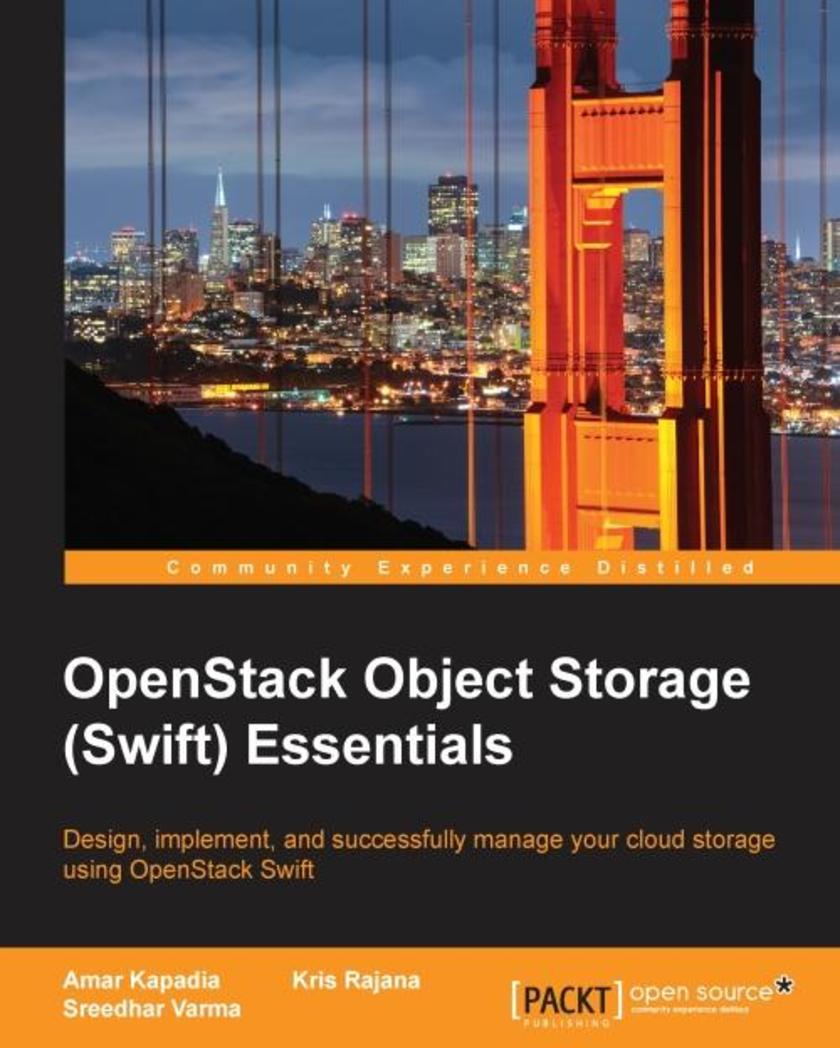
OpenStack Object Storage (Swift) Essentials
¥54.49
If you are an IT administrator and you want to enter the world of cloud storage using OpenStack Swift, then this book is ideal for you. Basic knowledge of Linux and server technology is beneficial to get the most out of the book.
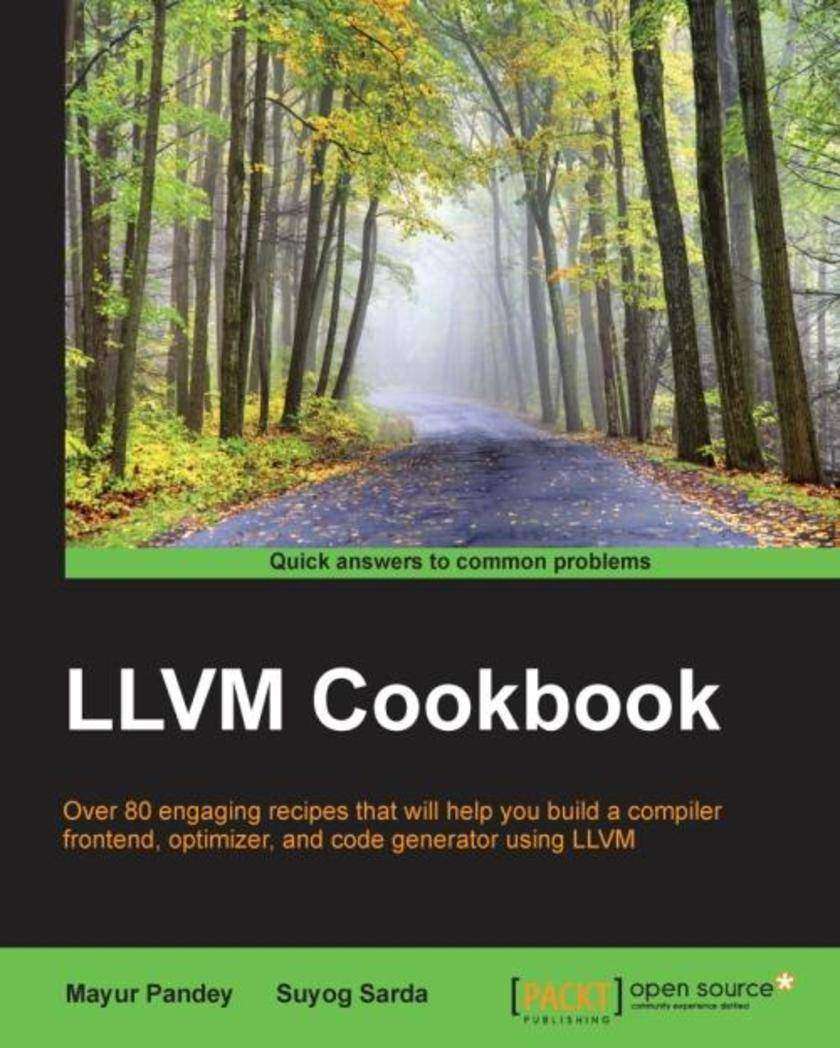
LLVM Cookbook
¥80.65
The book is for compiler programmers who are familiar with concepts of compilers and want to indulge in understanding, exploring, and using LLVM infrastructure in a meaningful way in their work. This book is also for programmers who are not directly involved in compiler projects but are often involved in development phases where they write thousands of lines of code. With knowledge of how compilers work, they will be able to code in an optimal way and improve performance with clean code.

Swift by Example
¥71.93
This book is intended for those who want to learn to develop apps in Swift the right way. Whether you are an expert Objective-C programmer or new to this platform, you'll learn quickly, grasping the code of real-world apps to use Swift effectively. Prior experience in development for Apple devices would be helpful, but is not mandatory.
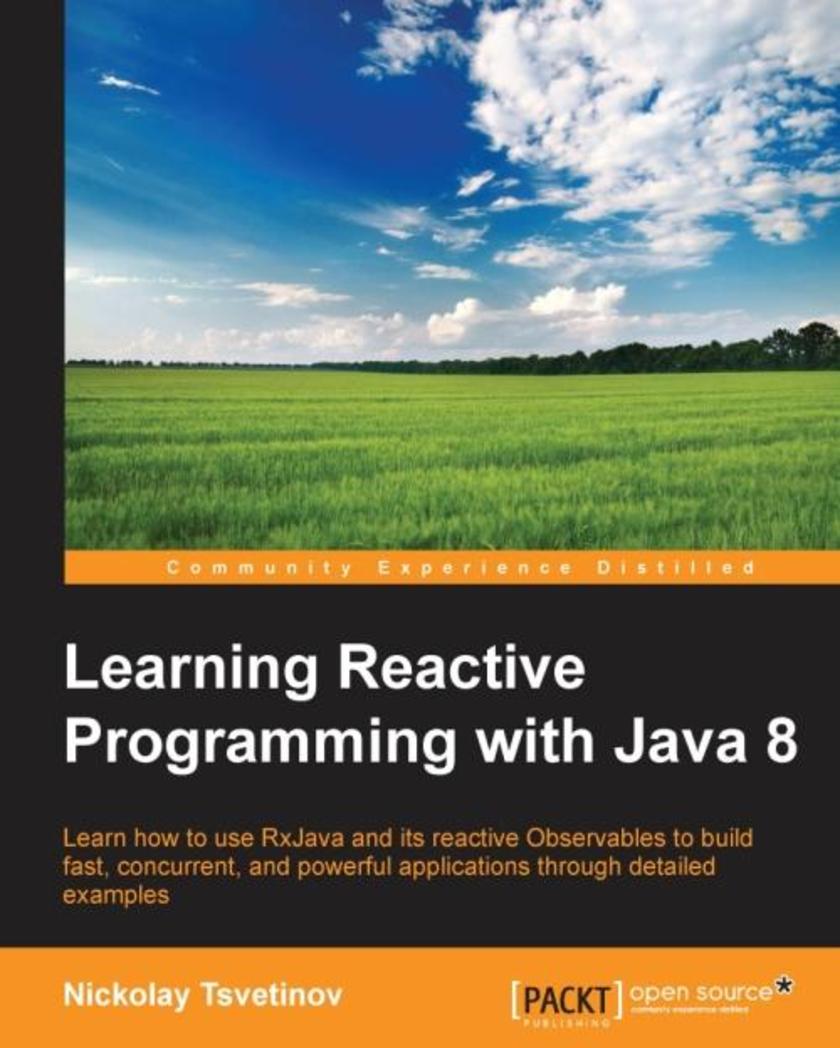
Learning Reactive Programming with Java 8
¥80.65
If you are a Java developer that knows how to write software and would like to learn how to apply your existing skills to reactive programming, this book is for you.
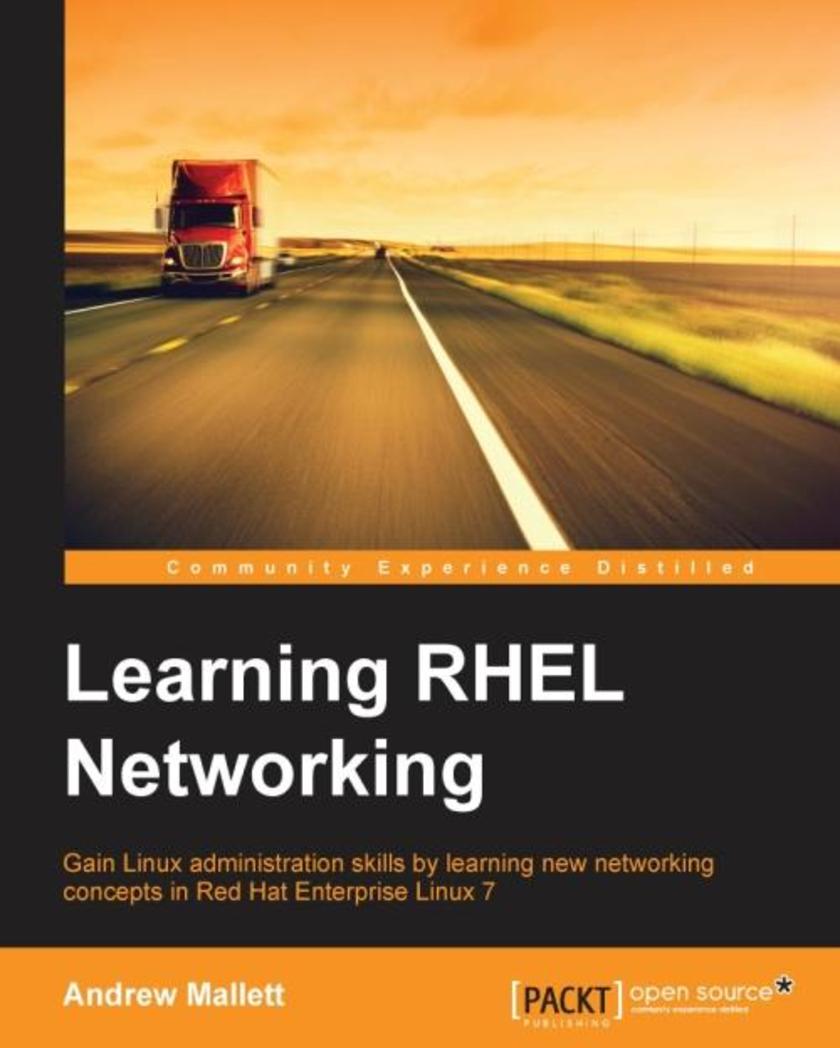
Learning RHEL Networking
¥90.46
This book is ideal for administrators who need to learn the networking abilities of Red Hat Enterprise Linux 7. You may not be a Linux administrator already, but you will need to be able to test files in Linux and navigate the filesystem.

HTML5 Game Development by Example: Beginner's Guide - Second Edition
¥80.65
This book is for web designers who have a basic knowledge of HTML, CSS, and JavaScript and want to create Canvas or DOM-based games that run on browsers.
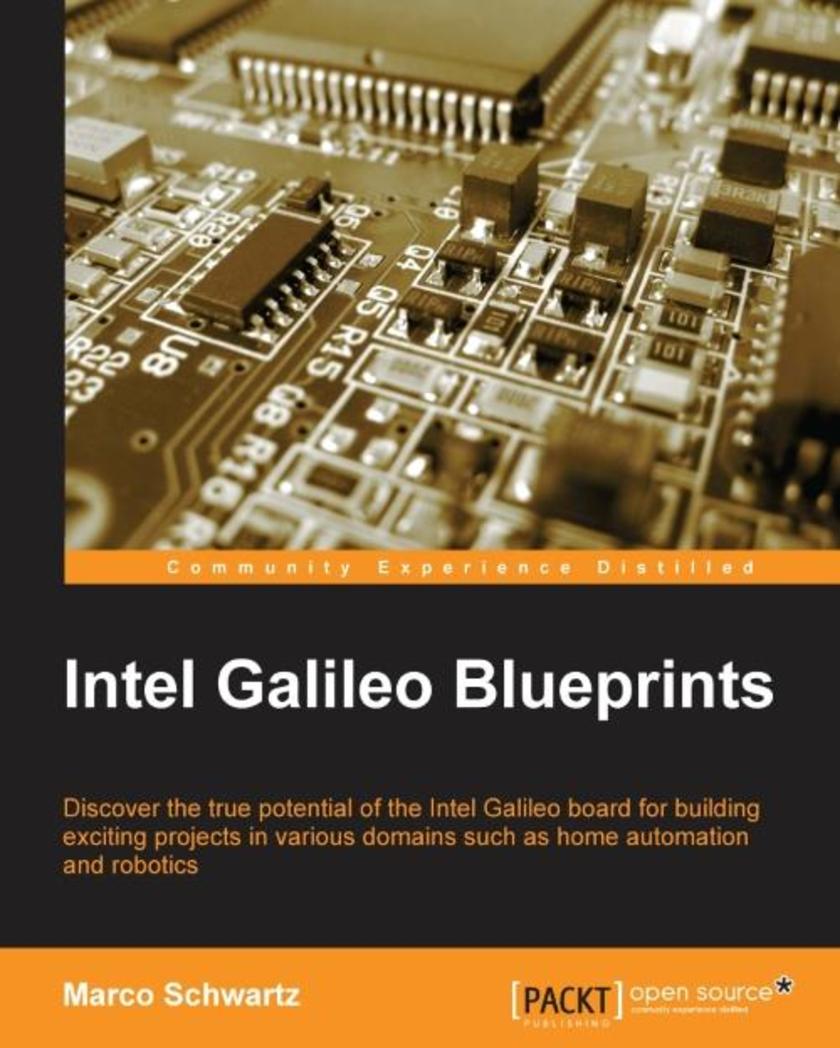
Intel Galileo Blueprints
¥80.65
If you are an experienced developer using classic Arduino boards and would like to extend your knowledge to the Intel Galileo board and polish your project building skills, this book is for you.

VMware vSphere Design Essentials
¥63.21
If you are a VMware beginner, VMware engineer, VMware SME, or VMware architect, then this is the book for you. A basic understanding of virtualization is a prerequisite.
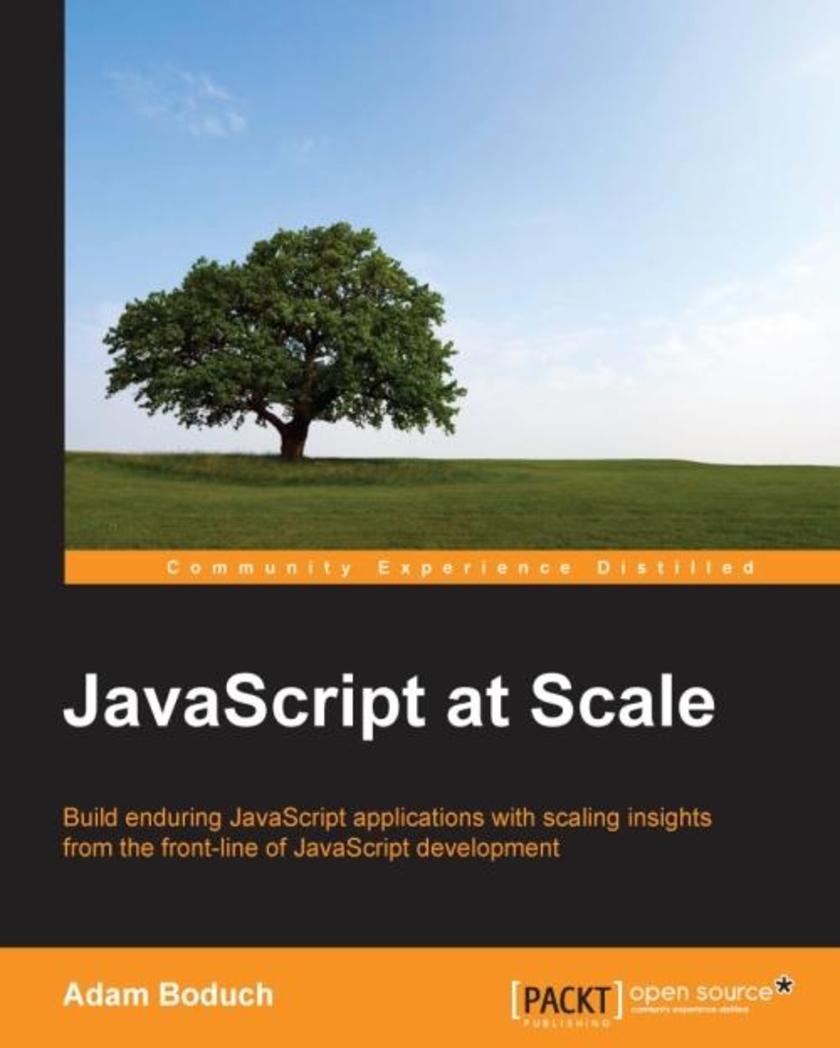
JavaScript at Scale
¥90.46
Have you ever come up against an application that felt like it was built on sandMaybe you've been tasked with creating an application that needs to last longer than a year before a complete re-writeIf so, JavaScript at Scale is your missing documentation for maintaining scalable architectures. There's no prerequisite framework knowledge required for this book, however, most concepts presented throughout are adaptations of components found in frameworks such as Backbone, AngularJS, or Ember. All code examples are presented using ECMAScript 6 syntax, to make sure your applications are ready for next generation browsers.

Learning VMware vCloud Air
¥71.93
This book is intended for cloud engineers or administrators who wish to explore and gain hands-on experience of VMware vCloud Air. To make the most of this book, it would be beneficial to have a bit of familiarity with basic VMware vCloud concepts, but no prior experience is required.
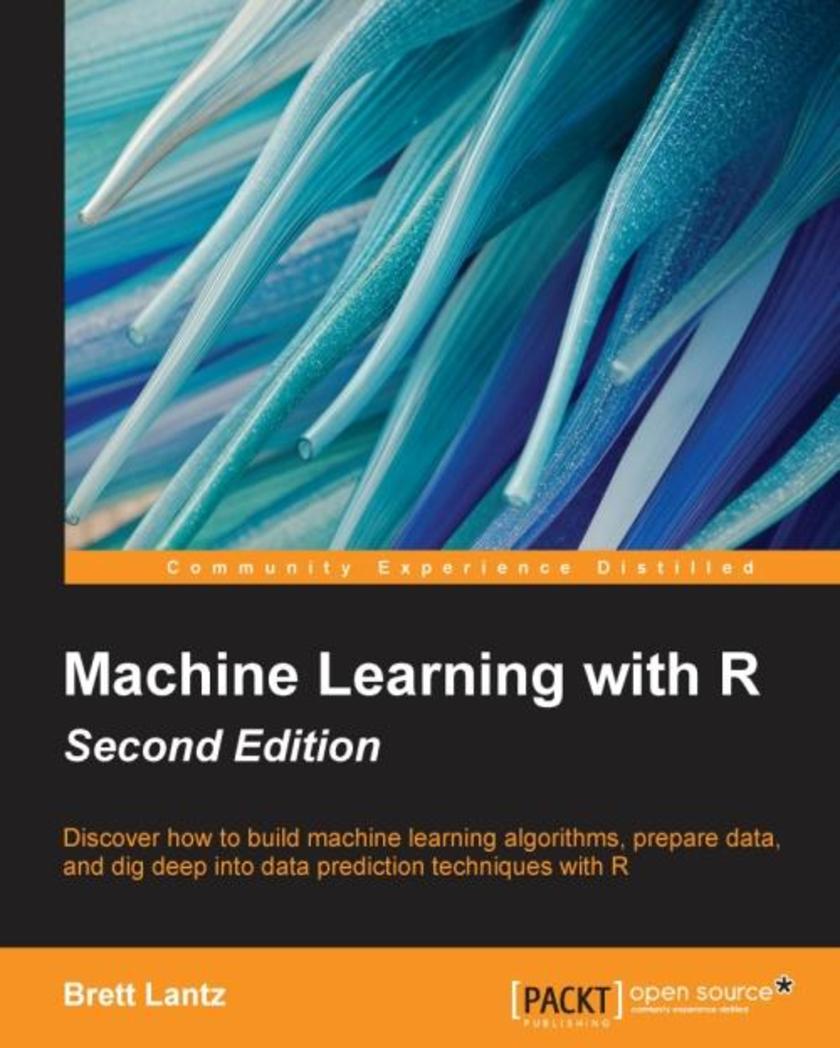
Machine Learning with R - Second Edition
¥99.18
Perhaps you already know a bit about machine learning but have never used R, or perhaps you know a little R but are new to machine learning. In either case, this book will get you up and running quickly. It would be helpful to have a bit of familiarity with basic programming concepts, but no prior experience is required.
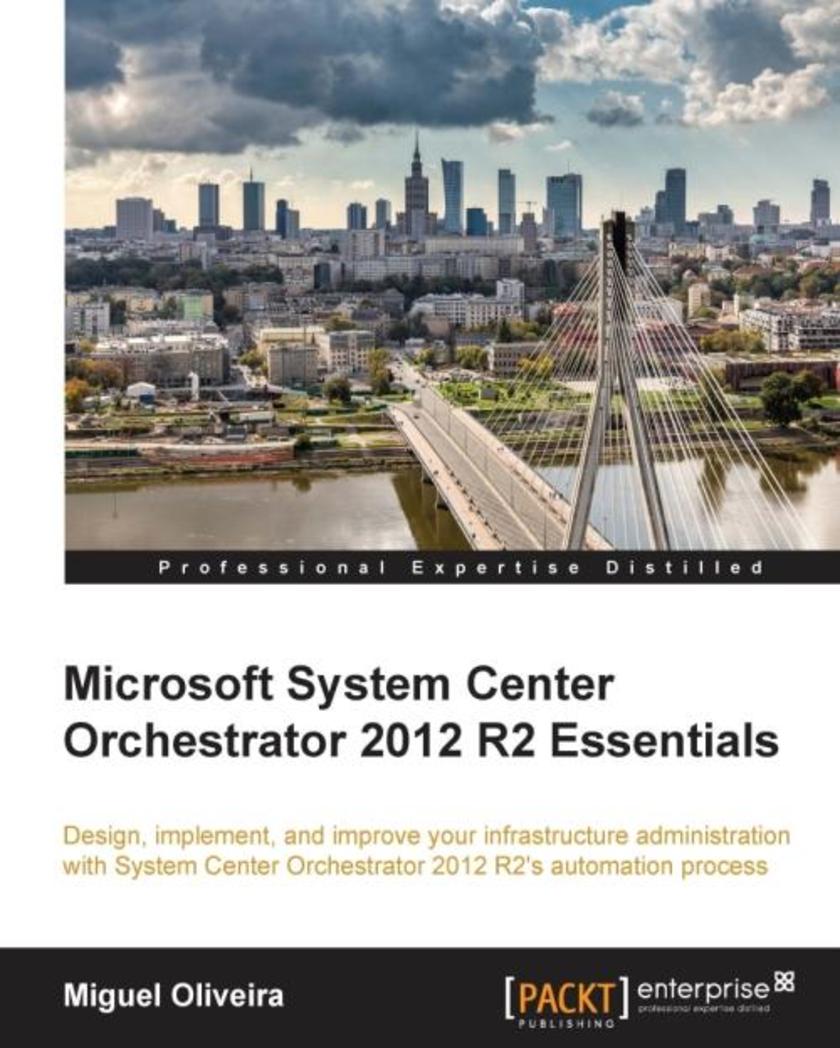
Microsoft System Center Orchestrator 2012 R2 Essentials
¥63.21
This book is targeted at those who want to gain time in their administrative tasks and profit from it to also improve their environment by reaching a more autonomous infrastructure.
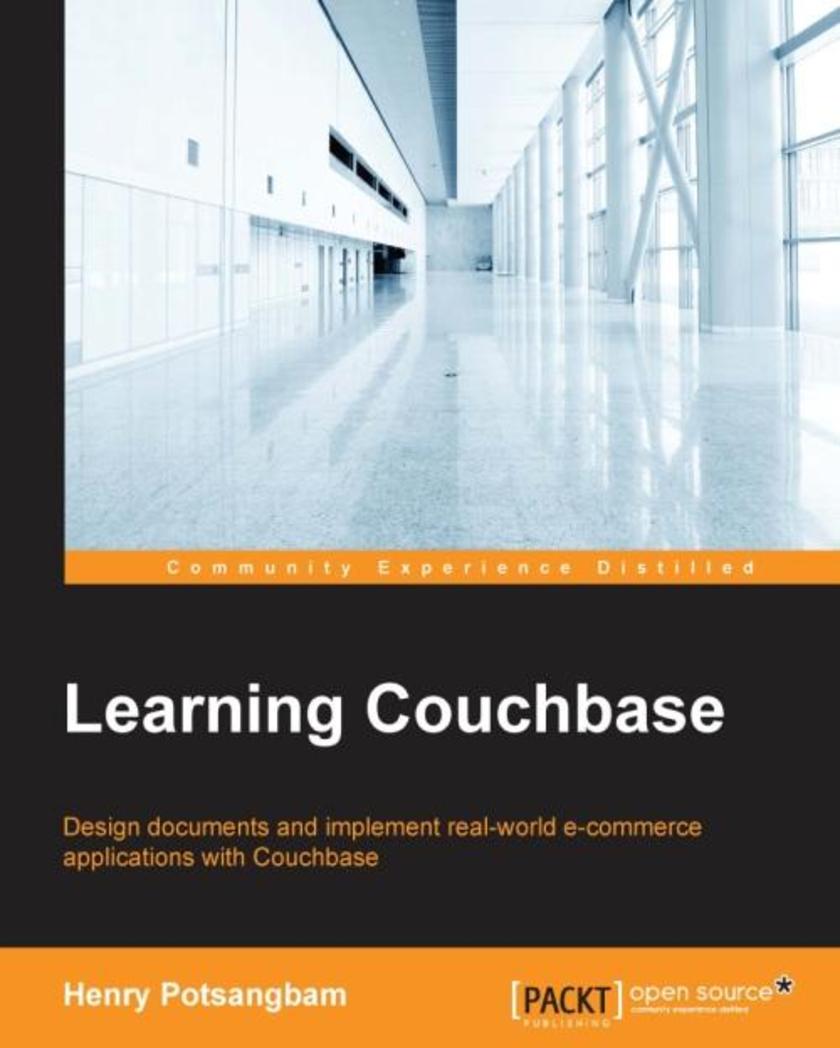
Learning Couchbase
¥80.65
Design documents and implement real world e-commerce applications with Couchbase About This Book Get acquainted with Couchbase architecture and design your document-based data schema Implement full text search using industry standard elastic search plugins Develop critical and high performance applications using this hands-on tutorial guide Who This Book Is For If you are new to the NoSQL document system or have little or no experience in NoSQL development and administration and are planning to deploy Couchbase for your next project, then this book is for you. It would be helpful to have a bit of familiarity with Java. What You Will Learn Get acquainted with the concept of NoSQL databases and configure your Couchbase database cluster Maintain Couchbase effectively using the web-based administrative console with ease Enable partition capabilities by making use of Buckets Analyze important design considerations for maintaining relationship between various documents Use Couchbase SDK Java API to store and retrieve document Write views using map/reduce to retrieve documents efficiently Get familiar with N1QL and how to use it in Java applications Integrate Couchbase with Elasticsearch to implement full text search Configure XDCR for disaster recovery and develop ecommerce application using Couchbase In Detail This book achieves its goal by taking up an end-to-end development structure, right from understanding NOSQL document design to implementing full fledged eCommerce application design using Couchbase as a backend. Starting with the architecture of Couchbase to get you up and running, this book quickly takes you through designing a NoSQL document and implementing highly scalable applications using Java API. You will then be introduced to document design and get to know the various ways to administer Couchbase. Followed by this, learn to store documents using bucket. Moving on, you will then learn to store, retrieve and delete documents using smart client base on Java API. You will then retrieve documents using SQL like syntax call N1QL. Next, you will learn how to write map reduce base views. Finally, you will configure XDCR for disaster recovery and implement an eCommerce application using Couchbase. Style and approach The book starts from absolute basics and slowly moves to more advanced topics ensuring at every step that all concepts and terms are understood by the reader to have complete understanding at every stage. Technical and complex terms are explained in clear and simple language, thus making this book a perfect companion for those who have started their journey to NoSQL using Couchbase
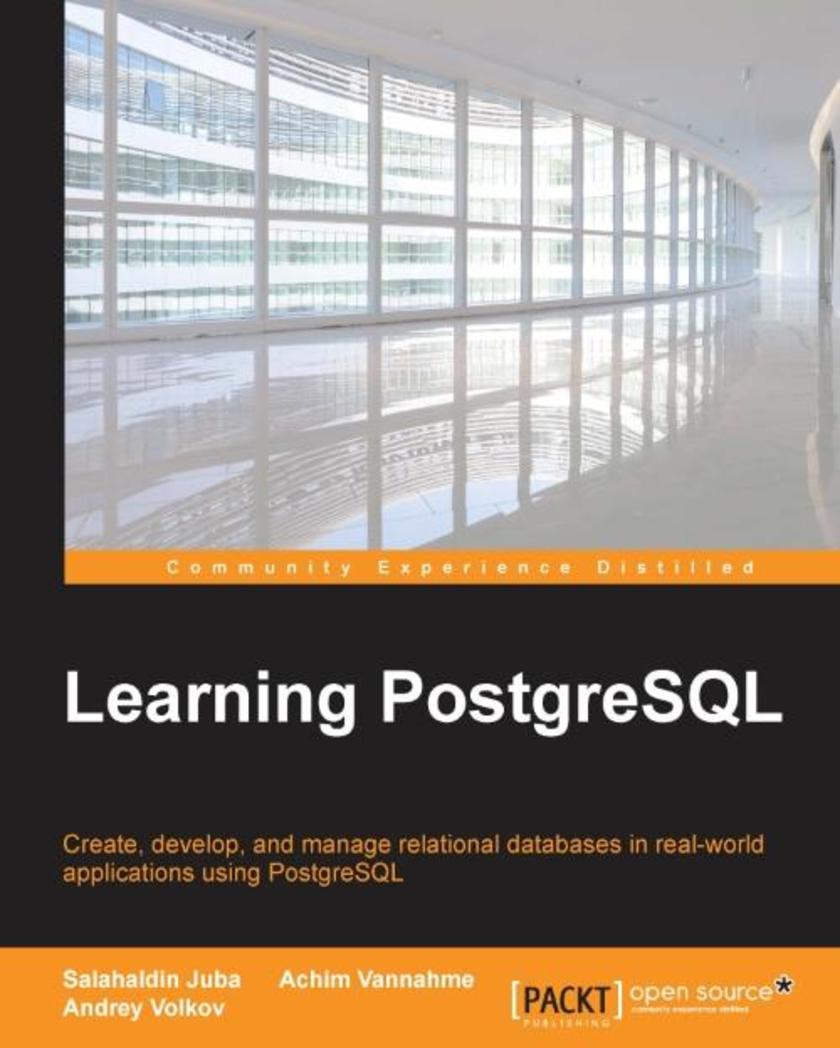
Learning PostgreSQL
¥99.18
Create, develop and manage relational databases in real world applications using PostgreSQL About This Book Learn about the PostgreSQL development life cycle including its testing and refactoring Build productive database solutions and use them in Java applications A comprehensive guide to learn about SQL, PostgreSQL procedural language and PL/pgSQL Who This Book Is For If you are a student, database developer or an administrator, interested in developing and maintaining a PostgreSQL database, then this book is for you. No knowledge of database programming or administration is necessary. Readers should, however, know SQL. What You Will Learn Learn concepts of data modelling and relation algebra Install and set up PostgreSQL database server and client software Implement data structures in PostgreSQL Manipulate data in the database using SQL Implement data processing logic in the database with stored functions, triggers and views Test database solutions and assess the performance Integrate database with Java applications Detailed knowledge of the main PostgreSQL building objects, most used extensions Practice database development life cycle including analysis, modelling, (documentation), testing, bug fixes and refactoring In Detail PostgreSQL is one of the most powerful and easy to use database management systems. It has strong support from the community and is being actively developed with a new release every year. PostgreSQL supports the most advanced features included in SQL standards. Also it provides NoSQL capabilities, and very rich data types and extensions. All that makes PostgreSQL a very attractive solution in various kinds of software systems. The book starts with the introduction of relational databases with PostegreSQL. It then moves on to covering data definition language (DDL) with emphasis on PostgreSQL and common DDL commands supported by ANSI SQL. You will then learn the data manipulation language (DML), and advanced topics like locking and multi version concurrency control (MVCC). This will give you a very robust background to tune and troubleshoot your application. The book then covers the implementation of data models in the database such as creating tables, setting up integrity constraints, building indexes, defining views and other schema objects. Next, it will give you an overview about the NoSQL capabilities of PostgreSQL along with Hstore, XML, Json and arrays. Finally by the end of the book, you'll learn to use the JDBC driver and manipulate data objects in the Hibernate framework. Style and approach An easy-to-follow guide to learn programming build applications with PostgreSQL, and manage a PostgreSQL database instance.
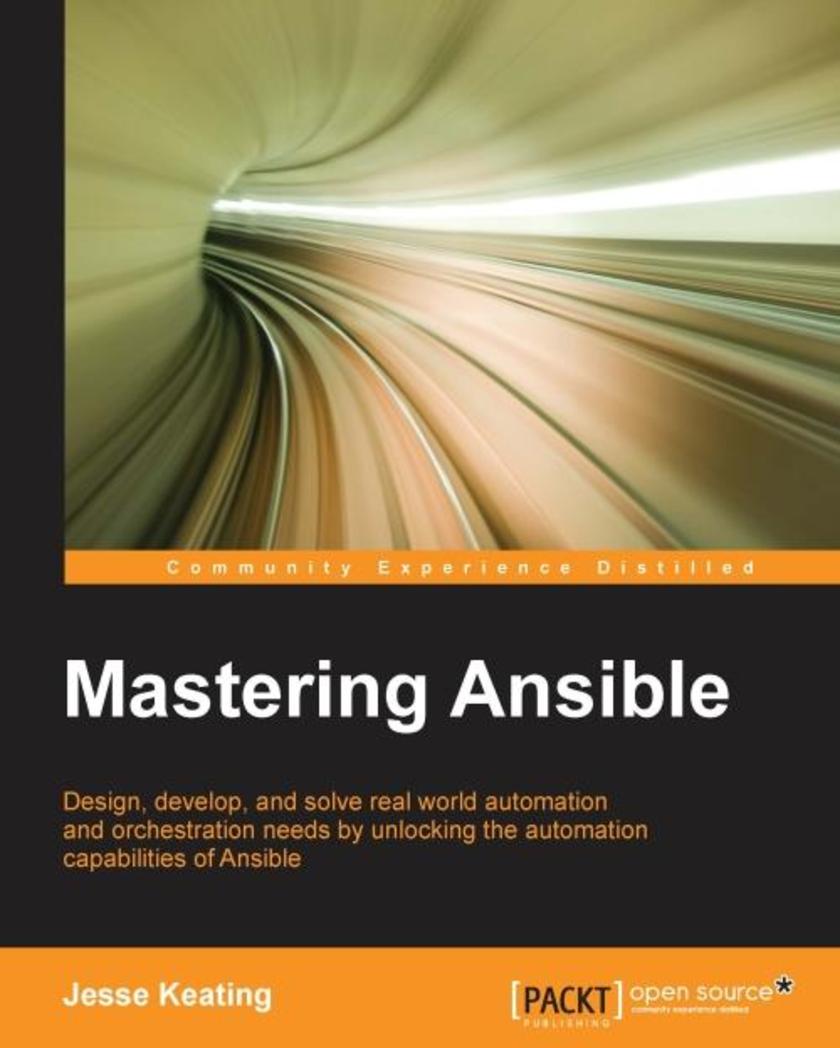
Mastering Ansible
¥71.93
Design, develop, and solve real world automation and orchestration needs by unlocking the automation capabilities of Ansible About This Book Discover how Ansible works in detail Explore use cases for Ansible’s advanced features including task delegation, fast failures, and serial task execution Extend Ansible with custom modules, plugins, and inventory sources Who This Book Is For This book is intended for Ansible developers and operators who have an understanding of the core elements and applications but are now looking to enhance their skills in applying automation using Ansible. What You Will Learn Understand Ansible’s code and logic flow Safeguard sensitive data within Ansible Access and manipulate complex variable data within Ansible playbooks Handle task results to manipulate change and failure definitions Organize Ansible content into a simple structure Craft a multi-tier rollout playbook utilizing load balancers and manipulating your monitoring system Utilize advanced Ansible features to orchestrate rolling updates with almost no service disruptions Troubleshoot Ansible failures to understand and resolve issues Extend Ansible with custom modules, plugins, or inventory sources In Detail Automation is critical to success in the world of DevOps. How quickly and efficiently an application deployment can be automated, or a new infrastructure can be built up, can be the difference between a successful product or a failure. Ansible provides a simple yet powerful automation engine. Beyond the basics of Ansible lie a host of advanced features which are available to help you increase efficiency and accomplish complex orchestrations with ease. This book provides you with the knowledge you need to understand how Ansible works at a fundamental level and leverage its advanced capabilities. You'll learn how to encrypt Ansible content at rest and decrypt data at runtime. You will master the advanced features and capabilities required to tackle the complex automation challenges of today and beyond. You will gain detailed knowledge of Ansible workflows, explore use cases for advanced features, craft well thought out orchestrations, troubleshoot unexpected behaviour, and extend Ansible through customizations. Finally, you will discover the methods used to examine and debug Ansible operations, helping you to understand and resolve issues. Style and approach A clear, practical guide that covers best practise, system architecture and design aspects that will help you master Ansible with ease.

VMware Horizon View High Availability
¥80.65
Design, develop and deploy a highly available vSphere environment for VMware Horizon View About This Book Enhance your capability of meeting various Service Level Agreements in VMware Horizon View Get acquainted through all the necessary considerations for building a View environment Cover VMware High Availability hurdle by hurdle along with the checklists for verification of the environment being ready for production Who This Book Is For If you manage, plan or deploy VMware Horizon View or are looking for tips for best practices and configuration details this book is for you. This book is intended for administrators who design and deploy VMware Horizon View or administrators who are looking for ways to improve their existing View environment. What You Will Learn Install and configure a VMware Horizon View Connection Server and redundant pair Discover the networking requirements for View and learn how to build redundancy into your network Analyze each of the View user pool types and how each one can be made highly available and survivable. Get to know about storage protocols such as NFS, iSCSI and Fibre Channel Deploy Virtual SAN, and find out how to effectively couple Virtual SAN with View Learn about View monitoring tools to allow fast responses to various crises Plan, analyze and upgrade VMware Horizon View Analyze network services required for VMware Horizon View and build them in a redundant manner In Detail The increasing movement to virtualize workloads and workstations has put VMware Horizon View into a central mission critical role in many environments. Administrators may be overwhelmed with planning for outages and dealing with failure scenarios. It’s easy to miss small details that will result in outages down the road. Following VMware Horizon View best practices and planning ahead with network infrastructure will allow you to avoid these common pit falls. This book will walk you through the setup and configuration of View in a highly available configuration. It will provide you with the skills to analyze and deploy configurations that can stand up to rigorous failure standards. The book starts with deploying and basic configuration of VMware Horizon View in a redundant setup, then moves on to cover high availability for networking, fibre channel, NFS, and iSCSI. We finish this book with monitoring and upgrade planning. At the end we also learn about maintaining the uptime and minimizing the downtime that can be caused due to various factors. Each topic comes with a list of best practices and failure scenarios to test. Administrators will learn the intricacies of protecting a View environment. Style and approach This book provides configuration and installation steps for administration and installation of a Horizon View server. It includes high-level overviews of any protocols, services used by Horizon View, and best practices and high availability checklists for each chapter.
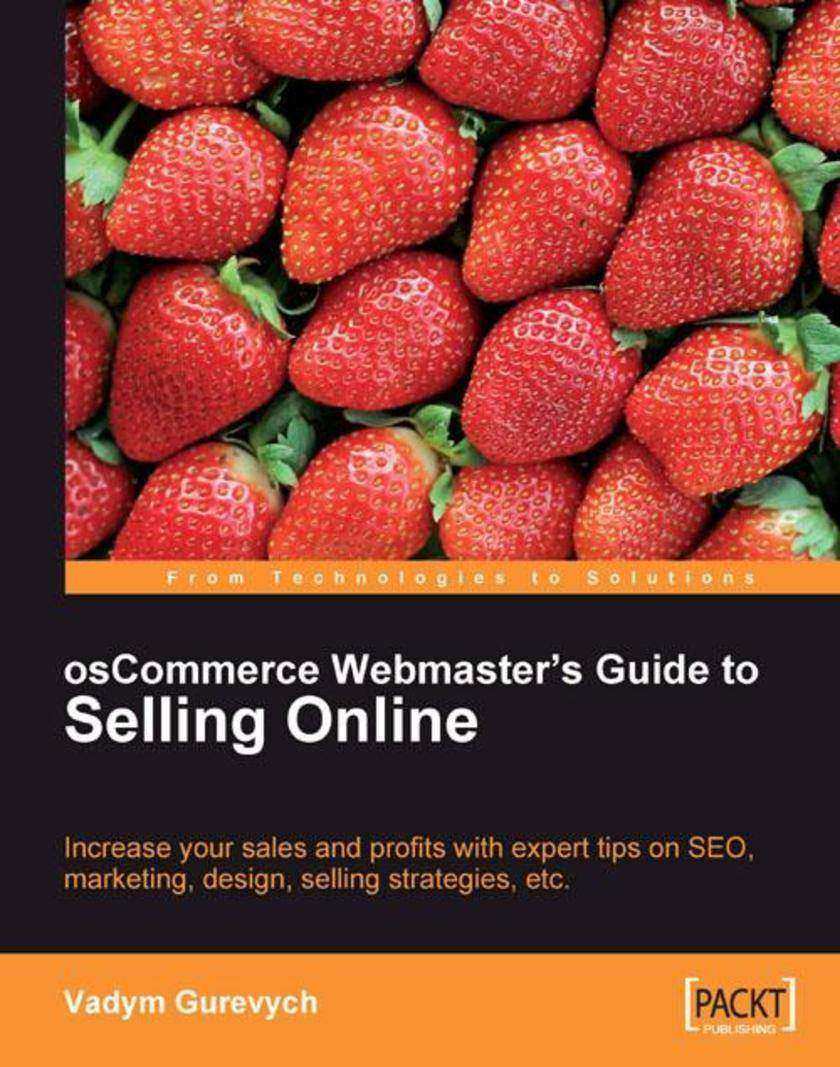
osCommerce Webmaster’s Guide to Selling Online
¥90.46
Packed with expert advice and practical examples of effective store design and report creation to help you make better decisions, formulate more effective strategies, and measure your success. This book is for anyone administering an osCommerce site, including webmasters, content managers, store owners, and marketing managers, who do not need to understand PHP or MySQL to benefit from this book. The tips and techniques described in this book can be applied to any small, medium sized e-commerce site. This is not an implementation guide; developers implementing osCommerce-based e-commerce sites would benefit from reading Deep Inside osCommerce: The Cookbook.
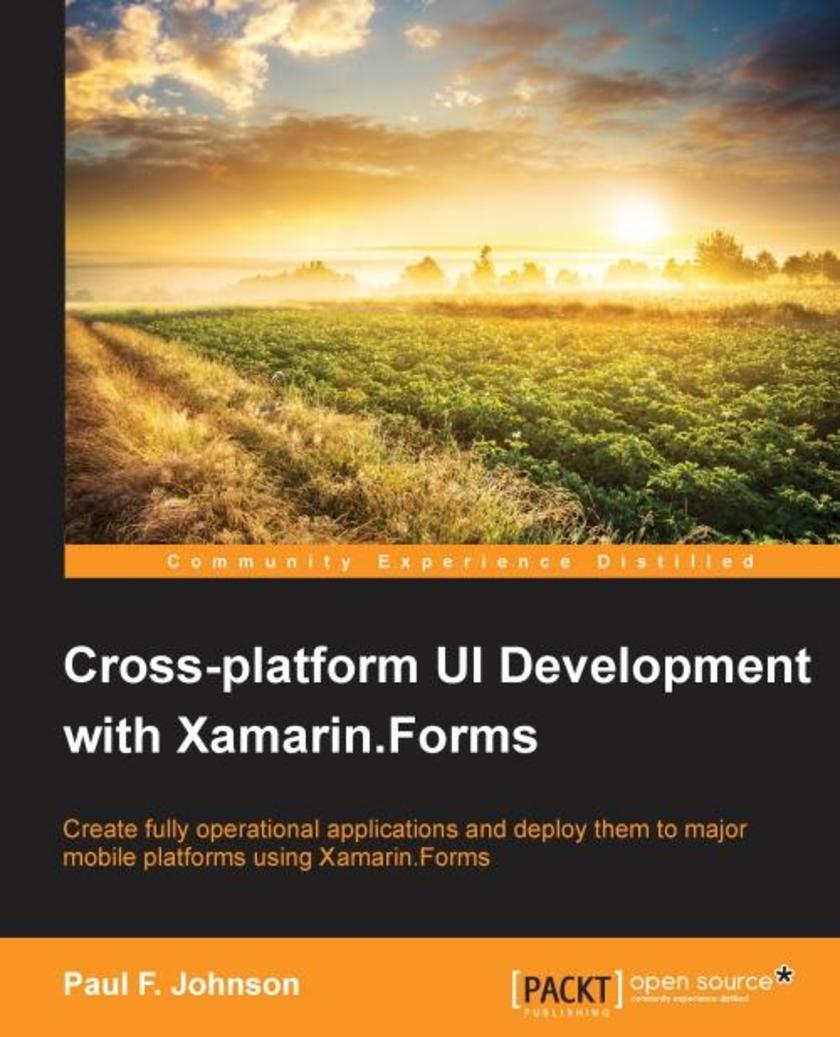
Cross-platform UI Development with Xamarin.Forms
¥80.65
This book is intended for mobile software developers who are fed up with having three different code sets for the same application. If you want to put your code on all mobile platforms with minimum fuss, and just want to develop but haven't got the time to be digging too far into a particular platform, this is the book for you. Some basic knowledge of C# is assumed.

Learning YARN
¥80.65
This book is intended for those who want to understand what YARN is and how to efficiently use it for the resource management of large clusters. For cluster administrators, this book gives a detailed explanation of provisioning and managing YARN clusters. If you are a Java developer or an open source contributor, this book will help you to drill down the YARN architecture, write your own YARN applications and understand the application execution phases. This book will also help big data engineers explore YARN integration with real-time analytics technologies such as Spark and Storm.
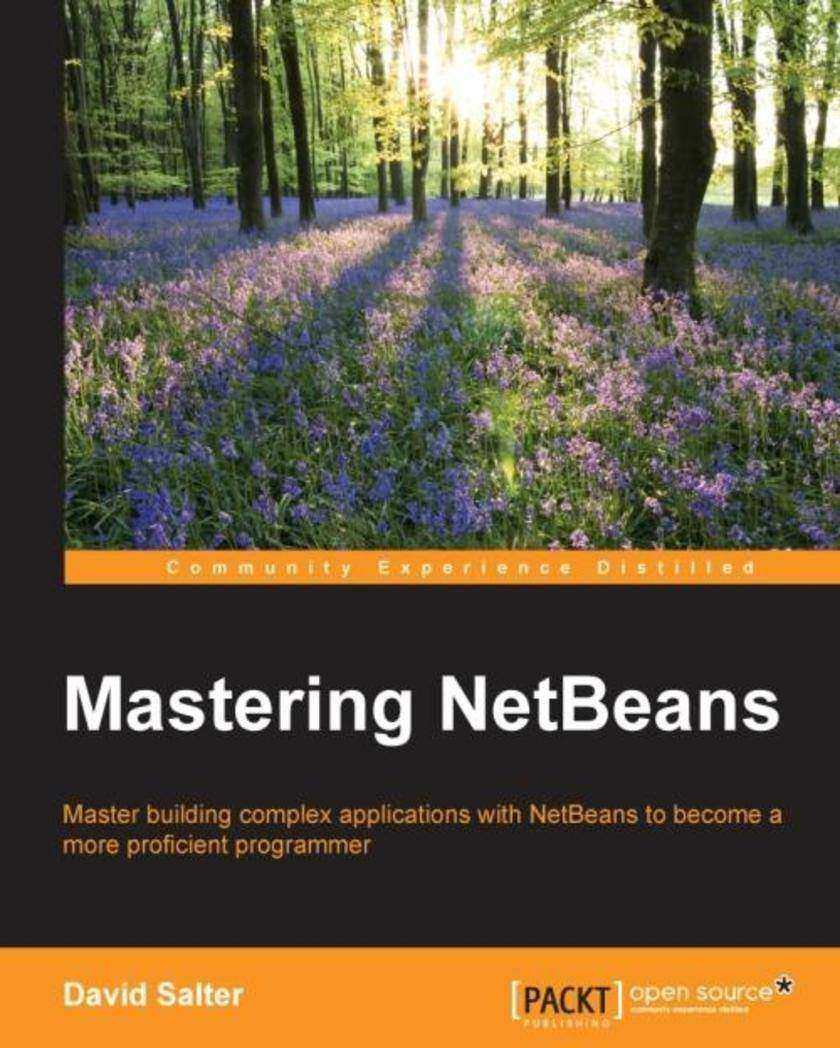
Mastering NetBeans
¥90.46
If you are a competent developer who wants to fast-track your application development with the NetBeans IDE, then this book is for you. Reasonable knowledge and an understanding of Java programming and the NetBeans IDE is assumed.
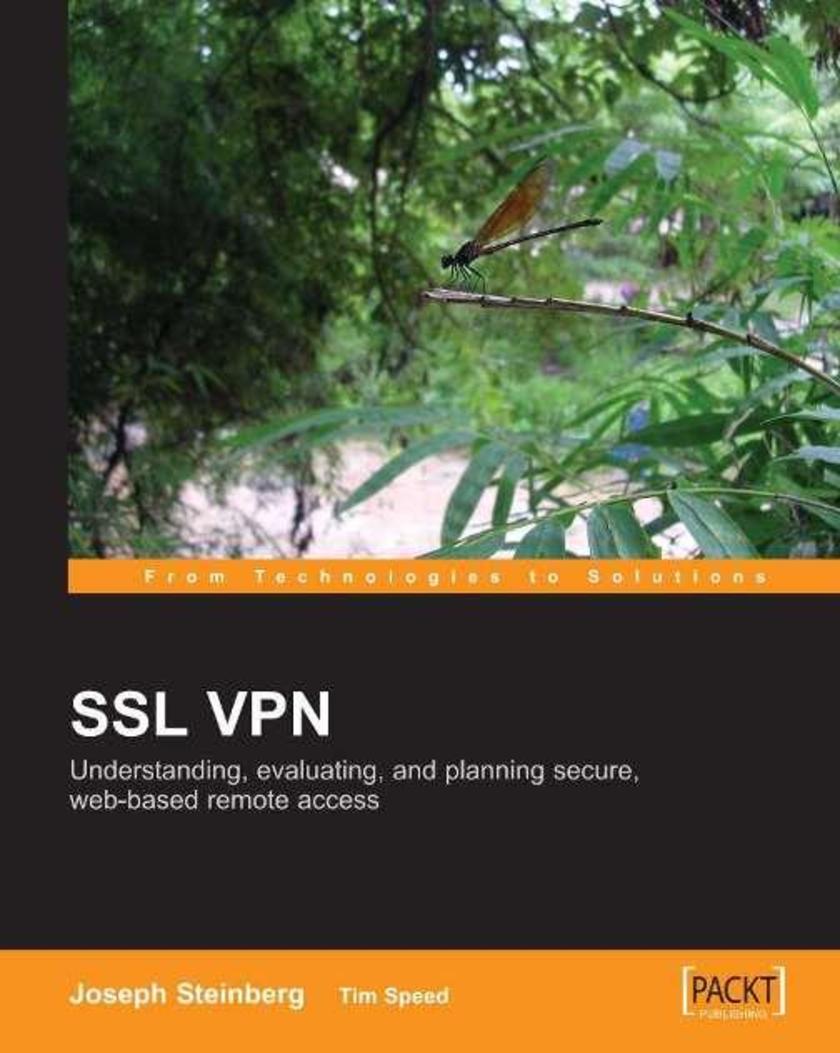
SSL VPN : Understanding, evaluating and planning secure, web-based remote access
¥90.46
The book blends technically rigorous de*ions with a friendly approach based on practical examples and scenarios. The authors write in clear, informal language and make extensive use of diagrams and images. The book begins with an overview of SSL VPN?s purpose, and the technical and business trends that are making it popular today. It then looks at how SSL VPNs work and how they fit into existing network plans. The effect of SSL VPN on the wider business environment is then considered, before looking at how SSL VPN technology is likely to develop in the future. This book aimed at IT network professionals and managers who are currently evaluating SSL VPN technologies. It requires a broad understanding of networking concepts, but does not require specific and detailed technical knowledge of protocols or vendor implementations.




 购物车
购物车 个人中心
个人中心



